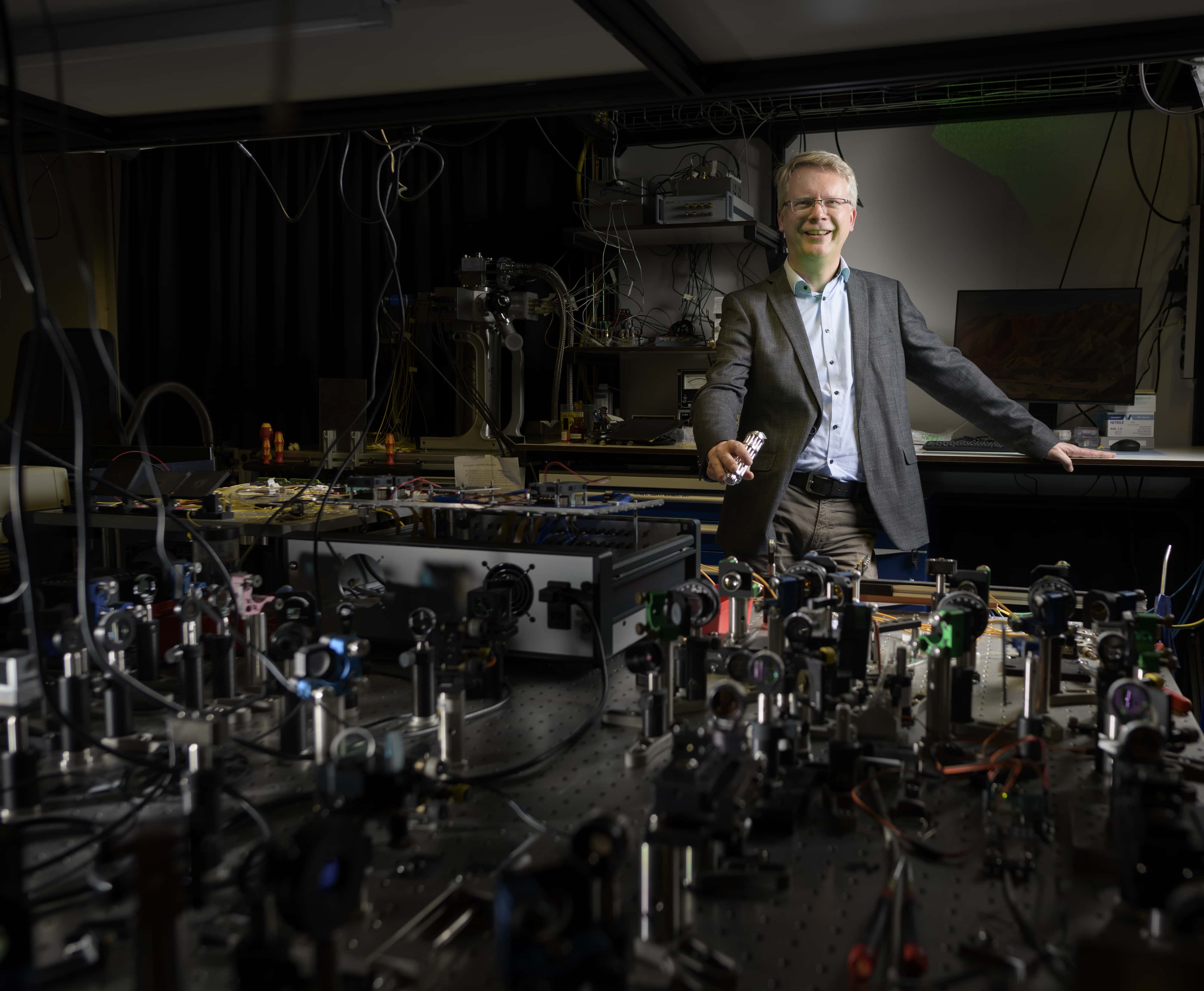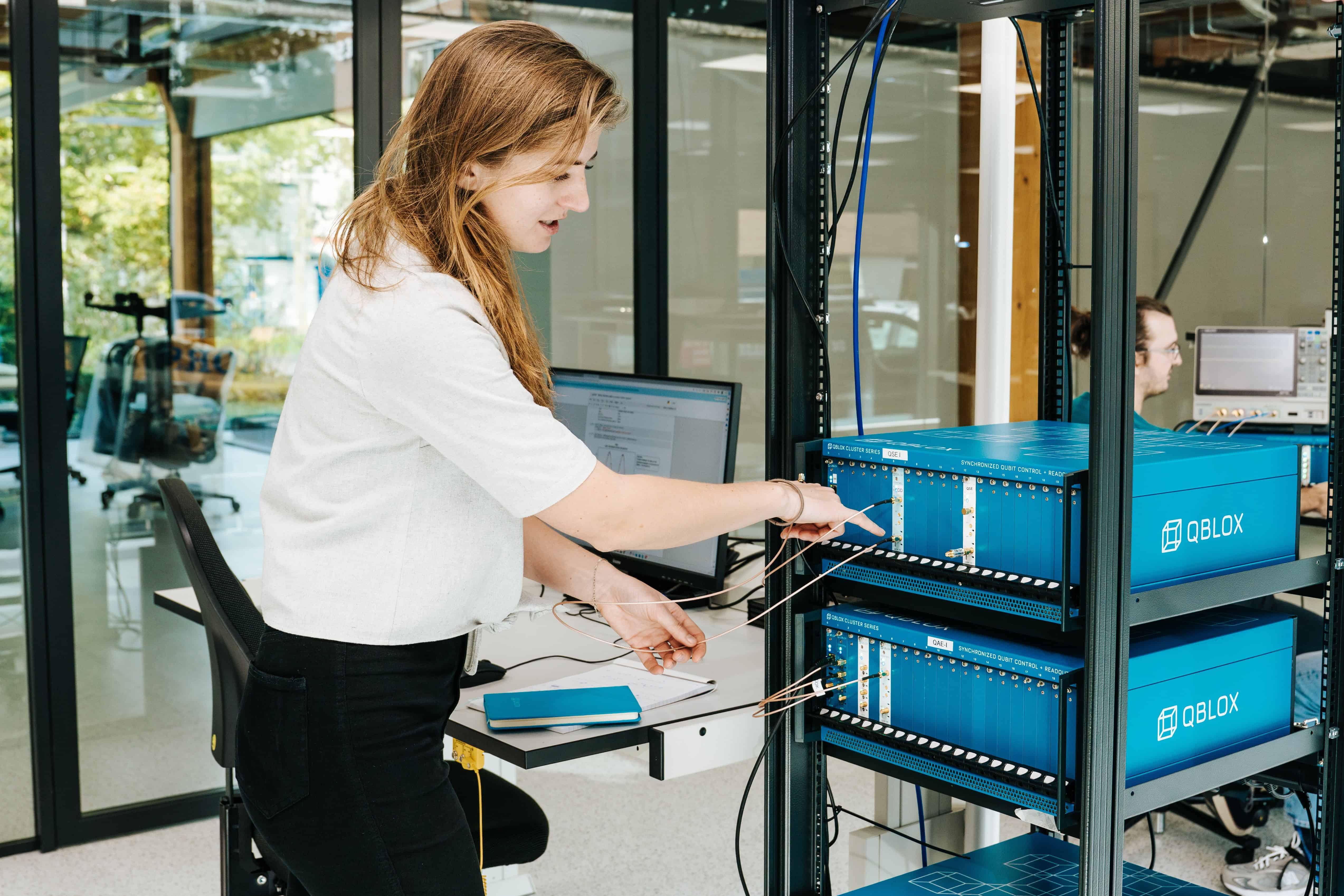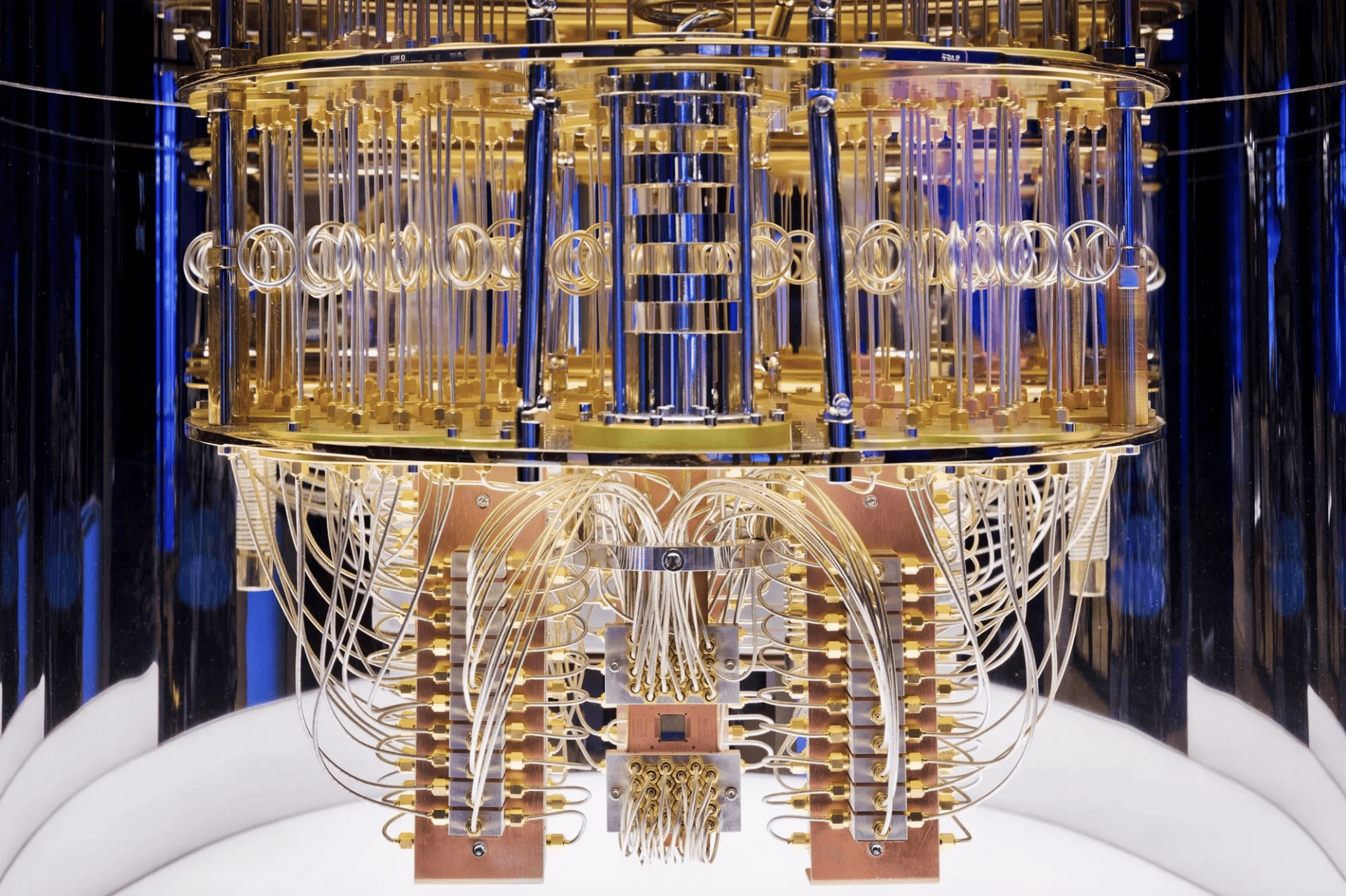
The German Max-Planck Institute has developed the thinnest and lightest mirror in the world. It is what is known as a quantum mirror with a diameter of approximately seven micrometers and a thickness of 10 nanometers. It could signify the next step in the development of quantum computers and sensors which make use of lasers to transfer information. Max-Planck announced this on Wednesday evening.
The mirror is comparable to mirrors that we are familiar with in only one respect. It reflects light back too. They just do it in a slightly different way. A domestic mirror is made up of a metal surface that is extremely finely polished or a thin coating that is applied to reflective lenses on sunglasses, for example.

With the Max-Planck mirror, the reflective layer comprises only 200 atoms that are held in place by a magnetic field in a defined grid. That grid is so tiny that it cannot be seen with the naked eye, but light reflecting off it is visible.
Atoms act as a collective
It is not the first quantum mirror that has ever been developed, but it is the lightest one, which is very exciting for Jun Rui, a researcher at the Max-Planck Institute. “What excites us most is that the photons that strike our mirror interact with the atoms that are hit.” So, according to him, the atoms work as a kind of collective instead of as separate entities.
According to Davis Wei, this is the real breakthrough. “This is the first time that we have observed this collective behavior in atoms in an optical grid,” Wei notes.
Basic research first
The key question when making these kinds of discoveries is always “what can you do with it.” Unfortunately, that’s not so easy to answer. The quantum mirror is still in the fundamental research stage and not yet being researched in applied science.
Max-Planck is planning to carry on with that basic research first. For starters, there is an idea now for a switch that would enable the mirror to be switched on and off. In addition, though is also being given to configuring the mirror in such a way that it only allows specific parts of light to pass through. A mirror of this kind, which can be switched on and off, offers new possibilities for the quantum computer and the development of minuscule sensors and microchips.
Watch our video explanation of what a quantum computer is here:





